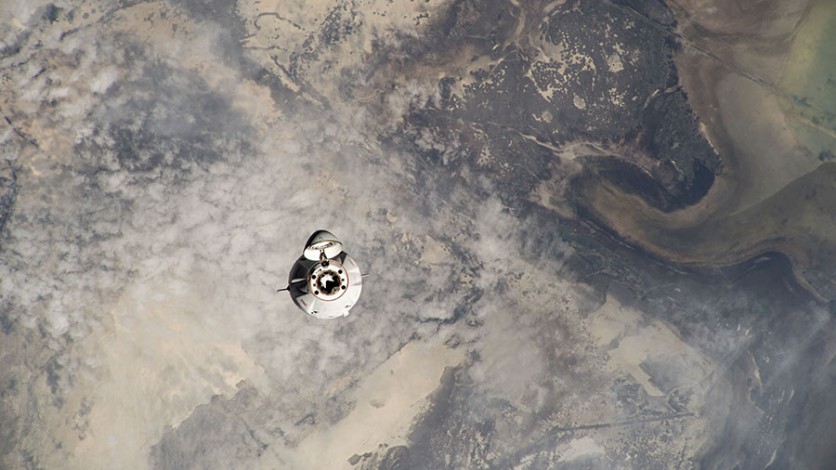The excitement is building as NASA prepares to welcome back the SpaceX Dragon cargo resupply spacecraft from its mission at the International Space Station (ISS).
On Thursday, June 29, the Dragon is set to depart, bringing with it a trove of scientific research samples and hardware that may hold the key to unraveling the mysteries of space.
To ensure everyone can witness this significant event, NASA will provide live coverage of Dragon's undocking and departure starting at 11:45 a.m. EDT. Viewers can tune in to NASA TV and the NASA app or watch online to witness this momentous occasion.

SpaceX Dragon's Homecoming
Ground controllers operating from SpaceX's headquarters in Hawthorne, California, will command the Dragon to undock from the space-facing port of the station's Harmony module.
The spacecraft will fire its thrusters, moving a safe distance away from the station. The scheduled undock time is 12:05 p.m., marking the beginning of its journey back to Earth.
Once Dragon re-enters Earth's atmosphere, a parachute-assisted splashdown is expected around 2:30 a.m. on Friday, June 30, off the coast of Florida. While NASA won't broadcast the splashdown live, avid space enthusiasts can stay updated through the agency's space station blog, where updates will be promptly posted.
The Dragon spacecraft bears a weighty responsibility on its return journey, carrying more than 3,600 pounds of supplies and scientific experiments. These carefully selected samples and hardware were designed to take full advantage of the space station's microgravity environment.
By splashing down off the coast of Florida, NASA ensures swift transportation of the experiments to their destination: NASA's Space Station Processing Facility at Kennedy Space Center in Florida.
This prompt transport minimizes sample exposure to Earth's gravity, allowing researchers to gather valuable data untainted by external influences.
Scientific Hardware and Samples
Among the scientific hardware and samples returning to Earth is the GRIP (Dexterous Manipulation in Microgravity) chair, an instrumental tool in the neurology experiments GRIP and GRASP (Gravitational References for Sensimotor Performance: Reaching and Grasping), used in the European Space Agency (ESA).
GRIP delves into understanding how microgravity impacts object manipulation, while GRASP sheds light on the adaptation of the central nervous system to the microgravity environment. These experiments have been aboard the space station for nearly six years, with the final in-orbit tests finished earlier this year.
Additionally, samples from the BioNutrients-2, Monoclonal Antibodies and Myotones investigations will make their way back to Earth, eagerly awaited for scientific analysis and insights.
Dragon's arrival at the ISS on June 6 marked SpaceX's 28th Commercial Resupply Services mission for NASA.
The spacecraft carried a payload of more than 7,000 pounds, comprising research investigations, crew supplies, and station hardware. Notably, it delivered two IROSAs (International Space Station Roll-Out Solar Arrays), adding to the station's capabilities.
The SpaceX Falcon 9 rocket launched the Dragon from Launch Complex 39A at NASA Kennedy on June 5, setting the stage for this remarkable journey.
As NASA gears up for the SpaceX Dragon's homecoming, the scientific community eagerly anticipates the knowledge and discoveries these valuable research samples will unveil.
Related Article : SpaceX Dragon Capsule Reaches ISS with 7,000 Pounds of Supplies

ⓒ 2025 TECHTIMES.com All rights reserved. Do not reproduce without permission.




